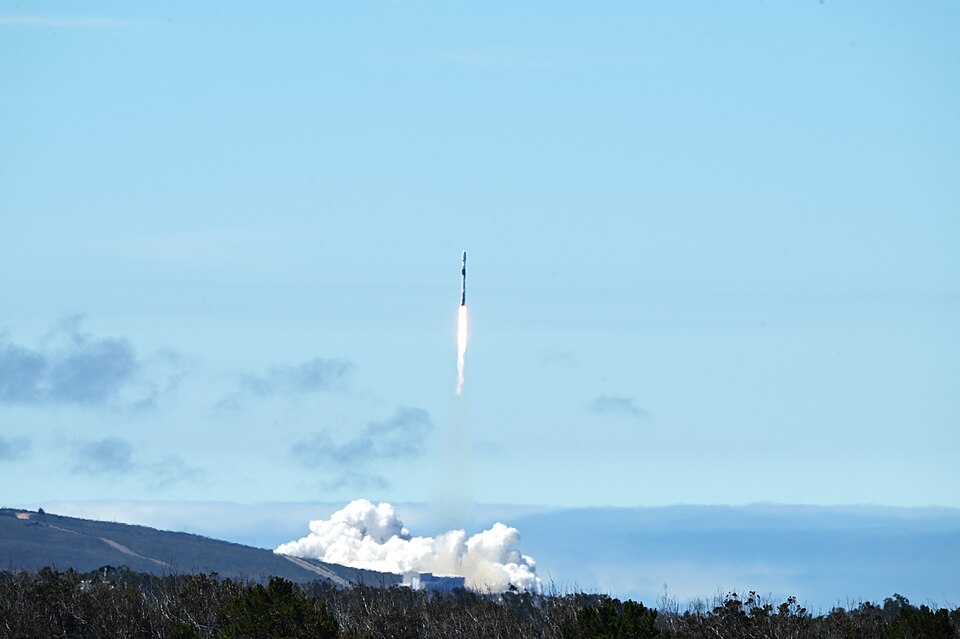NASA's Tracer Mission Set to Enhance Understanding of Solar Wind Effects

NASA is preparing to launch its Tandem Reconnection and Cusp Electrodynamics Reconnaissance (Tracer) mission, aimed at providing critical insights into the interactions between the solar wind and Earth’s magnetic field. Scheduled for liftoff on July 17, 2025, the mission will utilize advanced fly-through data collection techniques to enhance space weather forecasting capabilities.
This ambitious project is designed to deepen our understanding of space weather phenomena, particularly how solar wind impacts Earth's magnetic field, which serves as a protective shield against solar radiation. According to Dr. Emily Thompson, a senior researcher at NASA Goddard Space Flight Center, "The data gathered from the Tracer mission will be pivotal in predicting solar storms and their potential effects on satellites and power grids on Earth."
The significance of the Tracer mission cannot be overstated. As solar activity increases during the solar cycle, understanding the dynamics of solar wind interactions becomes more critical. The mission’s objectives include measuring the characteristics of magnetic reconnection events in the cusp region of the magnetosphere, which is vital for forecasting space weather events that can disrupt communication systems and pose risks to astronauts in space.
Historically, space weather has gained increasing attention due to its potential impacts on technology and human activities. In 1989, a severe geomagnetic storm caused a blackout in Quebec, Canada, affecting millions. This incident highlighted the need for robust space weather forecasting systems.
The Tracer mission will employ a pair of spacecraft to conduct simultaneous observations, allowing for a comprehensive analysis of the interactions occurring in real-time. Dr. Mark Johnson, an astrophysicist at Harvard University, stated, "By using two spacecraft, we can obtain data that is much richer and more informative than what we could gather from a single vehicle. This will allow us to create more accurate models of solar wind interactions."
The mission will also collaborate with international space agencies and institutions, aligning with the global effort to enhance space weather prediction. The European Space Agency (ESA) has expressed interest in the data that will be generated by Tracer, as it complements their own solar observation missions.
As the launch date approaches, NASA has begun to ramp up its public engagement efforts, educating the public on the importance of space weather and how the Tracer mission fits into the broader context of space exploration and technological advancement.
In conclusion, NASA's Tracer mission is set to play a crucial role in advancing our understanding of solar wind interactions with Earth. As global reliance on technology continues to grow, the implications of this research are profound, potentially leading to enhanced predictive capabilities that safeguard infrastructure and human life against the unpredictable forces of space weather.
Future projections suggest that as we refine our understanding of space weather phenomena, we may develop more effective strategies to mitigate the adverse effects of solar storms. This mission not only marks a significant step forward in space science but also underscores the importance of international collaboration in addressing the challenges posed by our solar environment.
Advertisement
Tags
Advertisement





